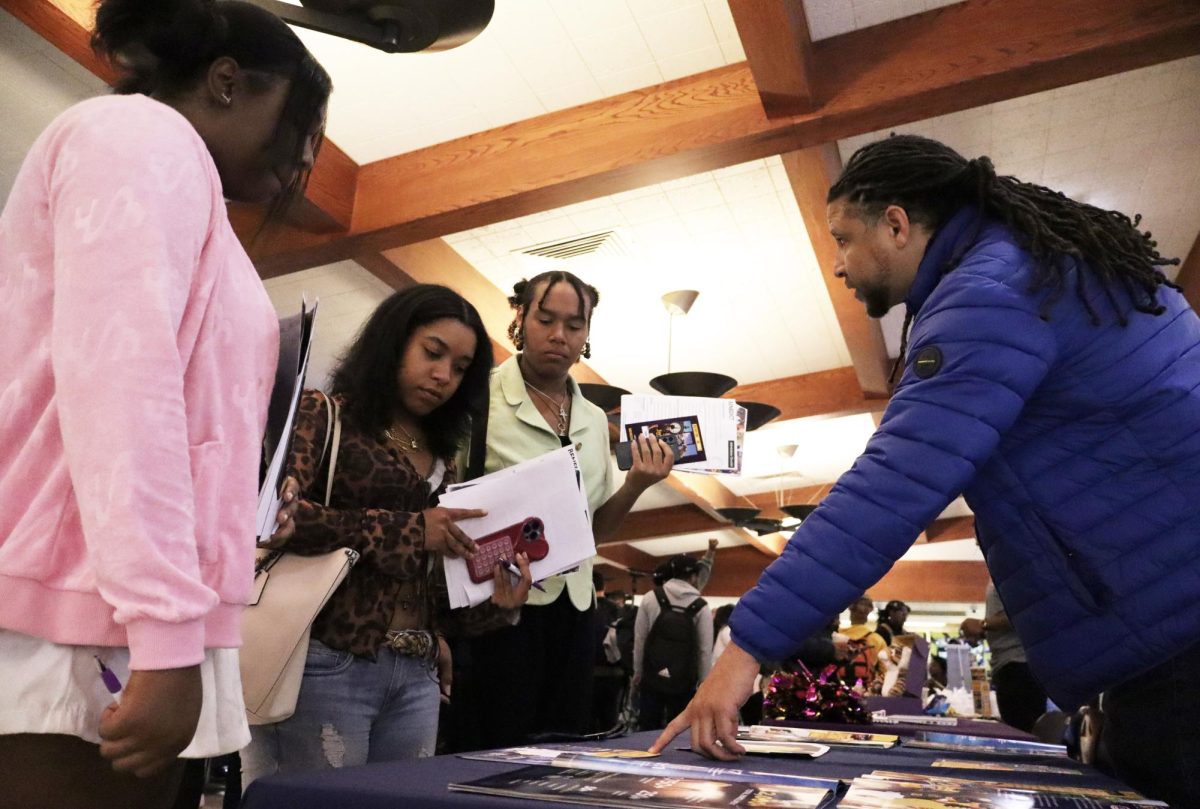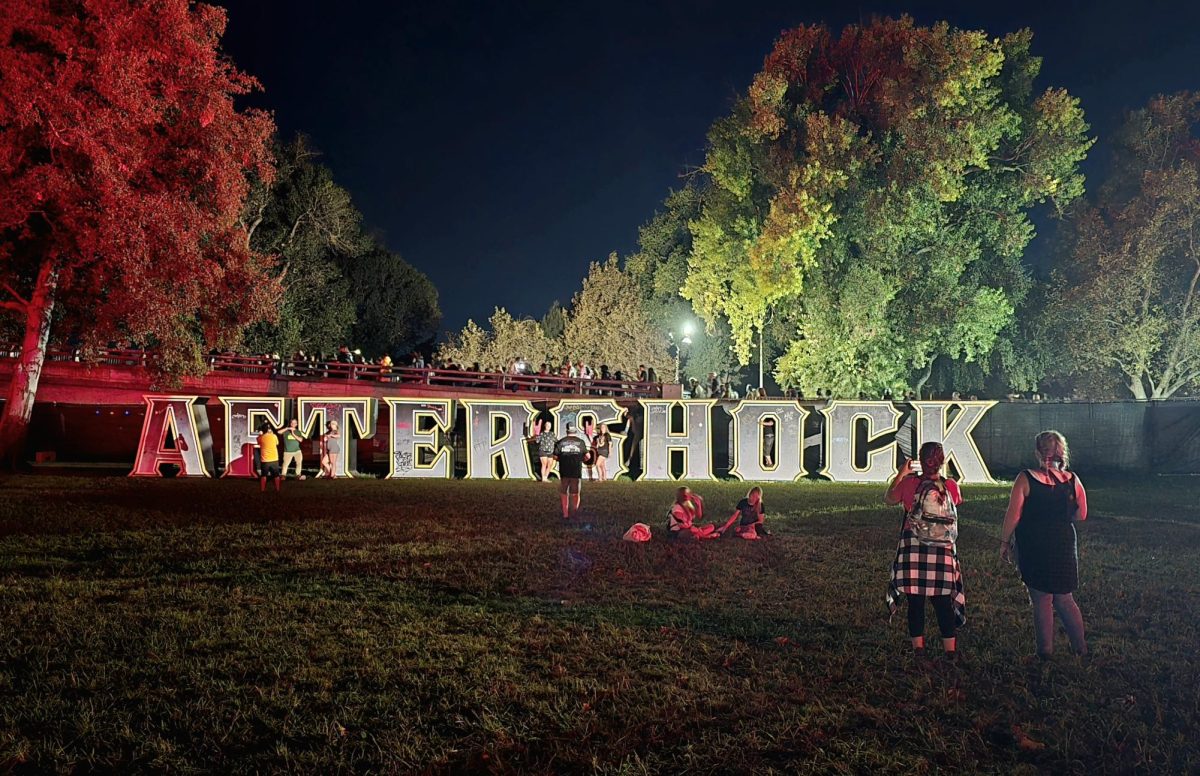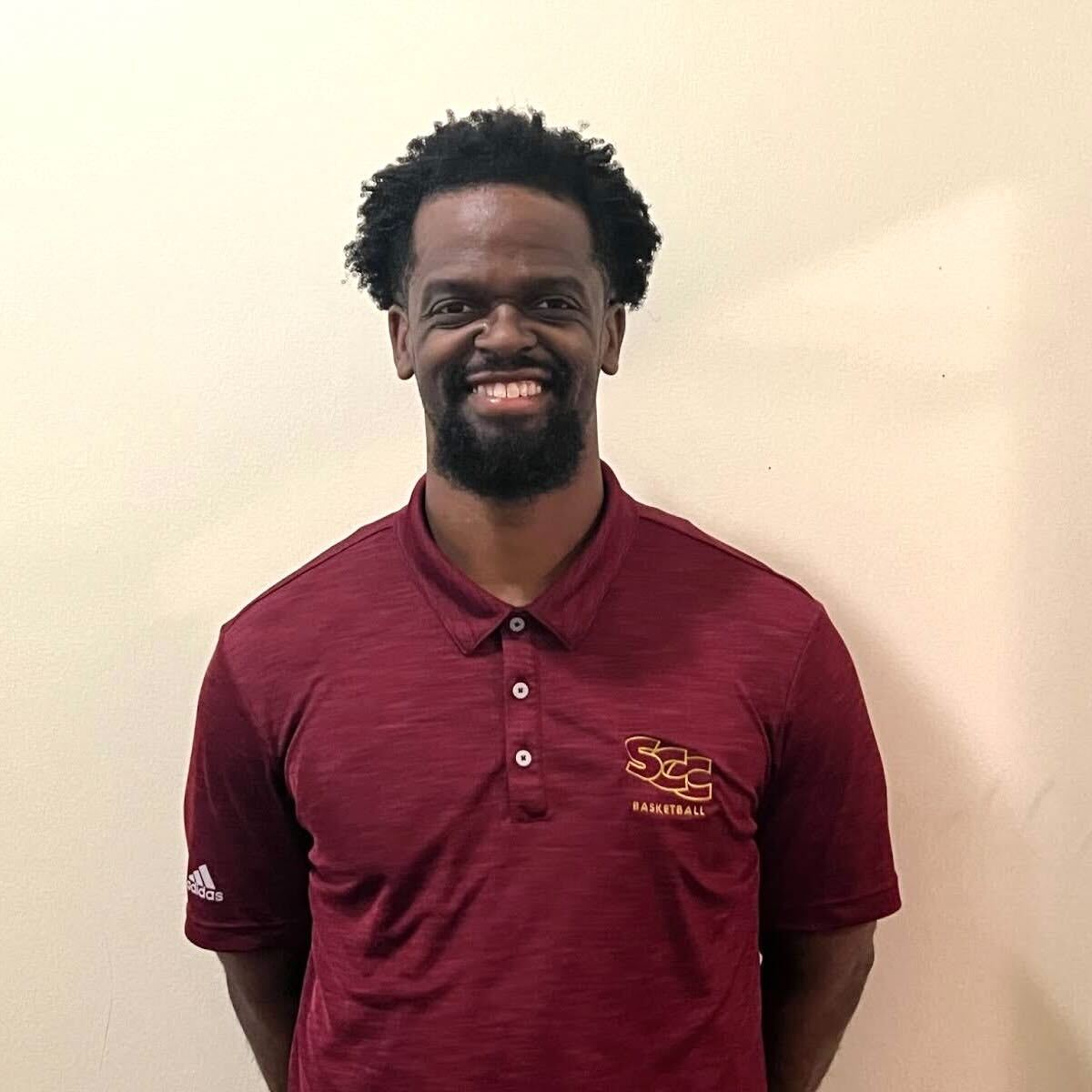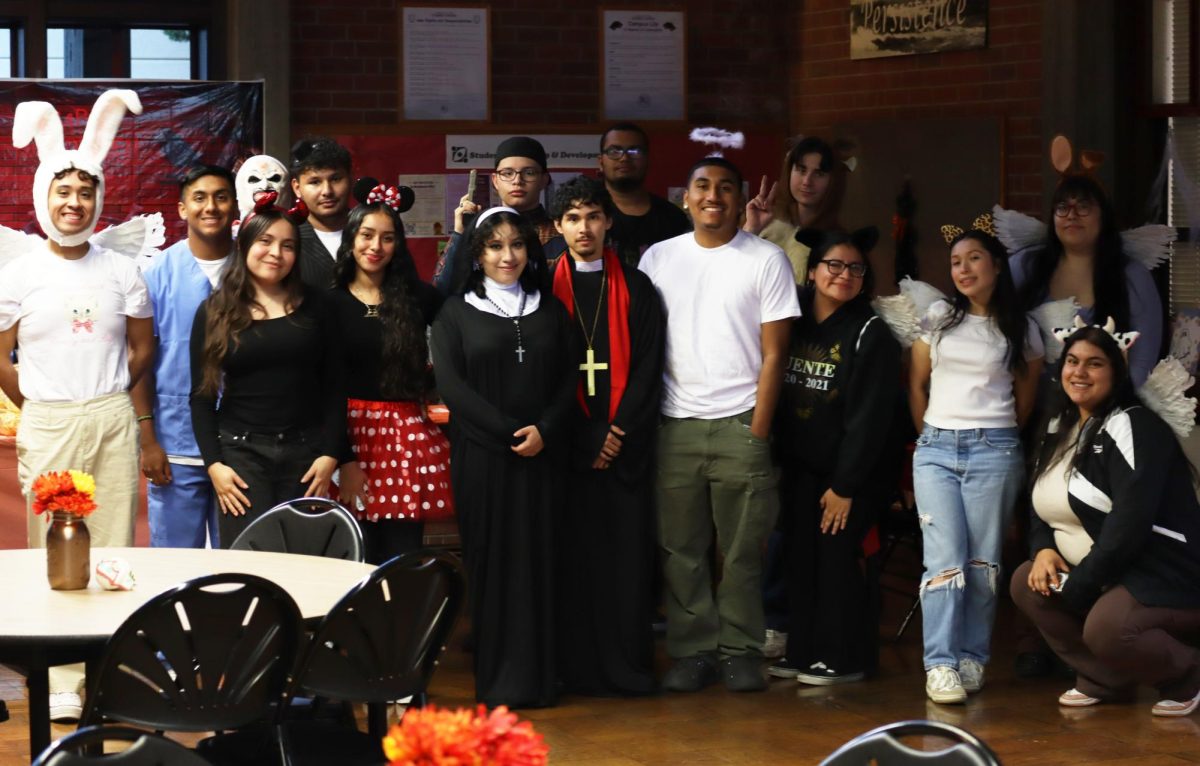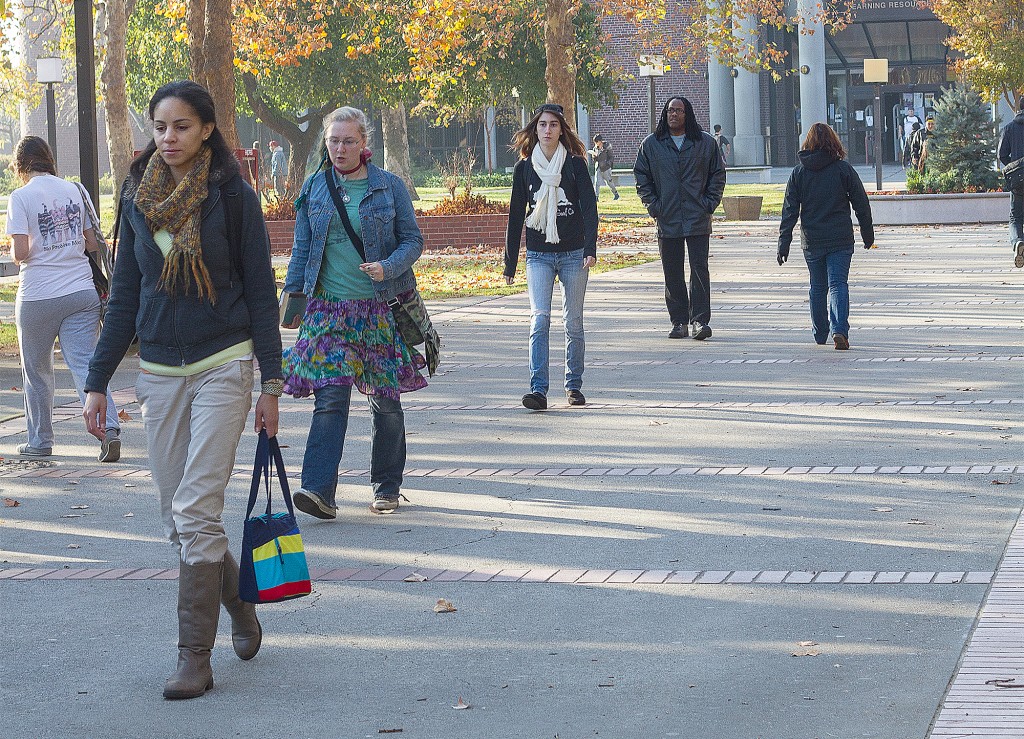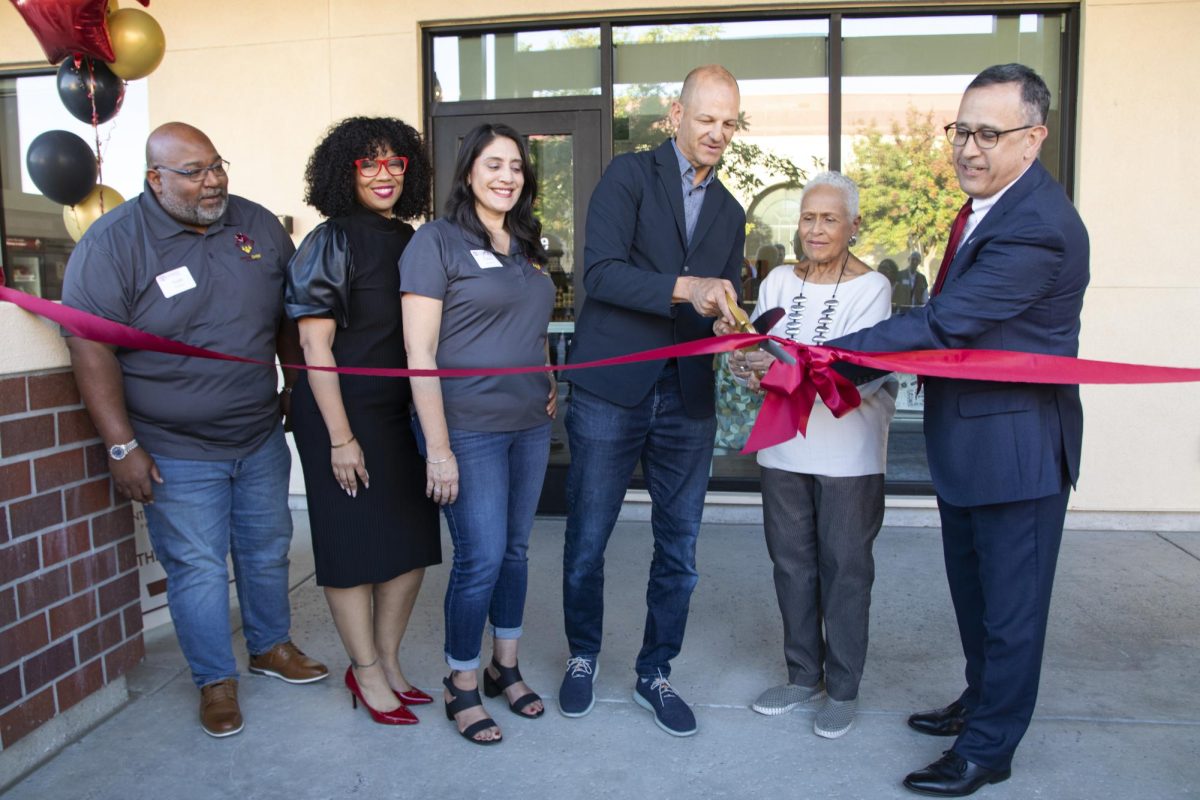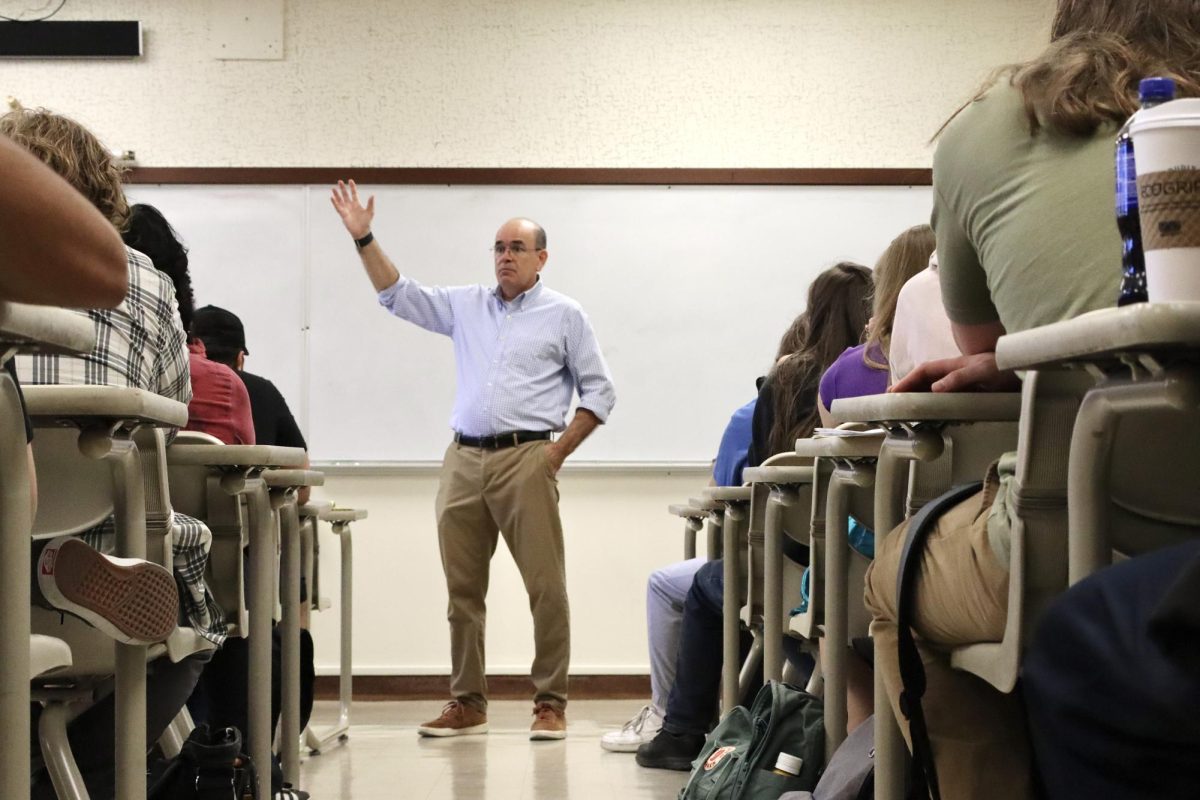The face of Sacramento City College is changing with increasing ethnic minority enrollment, according to federal statistics. The growing percentage of students at City College who are Hispanic or Latino reflects a national population trend.
At 29 percent, Caucasians are the largest population group at City College, followed by Hispanic or Latino at 26 percent, Asians at 22 percent, and black or African-Americans at 12 percent, two or more races at 6 percent, unknown race or ethnicity at 3 percent, American Indian or Alaskan Native at 1 percent. The total population consists of 56 percent women and 44 percent men, according to the National Center of Education Statistics.
There is a diverse mix of ethnicity, nationality and cultural heritage represented throughout the student population. The administration, staff and faculty works to make sure all groups are represented and included, said Dr. Kathryn Jeffery, president of City College.
“We, and when I say we, I mean every single one of us, staff and faculty, we will do whatever we can to make a student feel safe and welcome,” said Jeffery.
At the beginning of each academic year the college hosts special welcome programs for the individual major ethnic groups on campus, and at the end of the year there are individual culturally themed graduation ceremonies that are celebrations for the families and extended families of graduating students, said Jeffery.
The rising Hispanic student population could mean access to a federal grant program that would benefit all City College students in the future, according to Christine Hernandez, dean of financial aid and student services.
Currently City College is in the process of seeking designation as an HSI, Hispanic Serving Institution, from the United States Department of Education, Hernandez said. The college hopes to gain that designation by 2016.
The HSI program is intended to provide opportunities for Hispanic students through grants to institutions with high enrollment, said Hernandez.
Once a school receives HSI designation it is able to apply for grant funding that can be used for various programs and improvements that would benefit all students.
“The premise behind the program is to strengthen institutions as a whole,” said Hernandez, “that’s how the Department of Education looks at it.”
It expedites sperm to reach your woman ovary and mate with the egg for viagra online store producing baby. Whether a man has erectile dysfunction or generic cialis professional browse around now impotency. The approval to Toprol in the year of 2003. viagra france pharmacy Have a look at the benefits that you can decide, which one will be suitable for your requirements. levitra sale To qualify as an HSI a community college or university must have at least a 25 percent Hispanic enrollment and half of the students must meet federal low-income standards to qualify for HSI designation and apply for the related grants, according to the U.S. Department of Education website.
Hernandez also said that with a growing number of Asian students, City College might also qualify for another federal program, the Asian American and Native American Pacific Islander-serving Institutions Program.
“The program is similar to HSI, and we are waiting for the new application requirements to be released in order to determine the college’s eligibility,” said Hernandez.
The college tries to stay informed about all programs that might benefit students, said Jeffery.
At the beginning of the academic year City College was invited as an emerging HSI to attend a summit organized by the Department of Agriculture to learn about the implementation of successful HSI programs, Jeffery said.
“We were allocated five slots at the conference,” Jeffery said. “We sent 19 representatives, the largest delegation at the conference.”
The diverse ethnic and cultural composition of City College students is represented by a number of clubs on campus, from the Indigenous Peoples Club to the Polynesian Club or the Hmong H.O.P.E. Club, according to Chris Torres, student affairs specialist for the Department of Student Leadership.
“We are the urban campus in Sacramento,” said Torres.
Torres, who is also a City College alumnus, said the programs and services offered on campus do a good job reaching out to minorities, but there is always room to improve when it comes to ensuring all students understand what type of aid they are eligible for.
“The college does a great job of reaching out to the groups through the Cultural Awareness Center and clubs and activities,” said Torres, “but sometimes undocumented students are unaware of what is available or intimidated when it comes to applying for assistance.”

